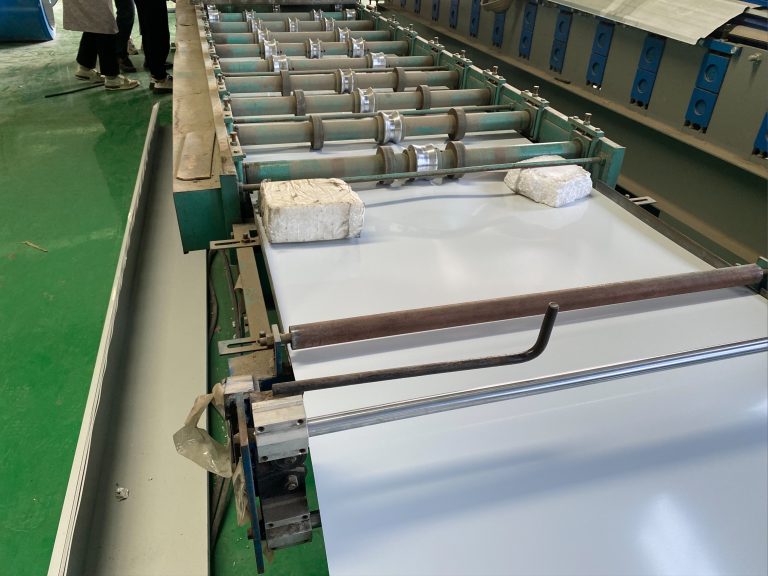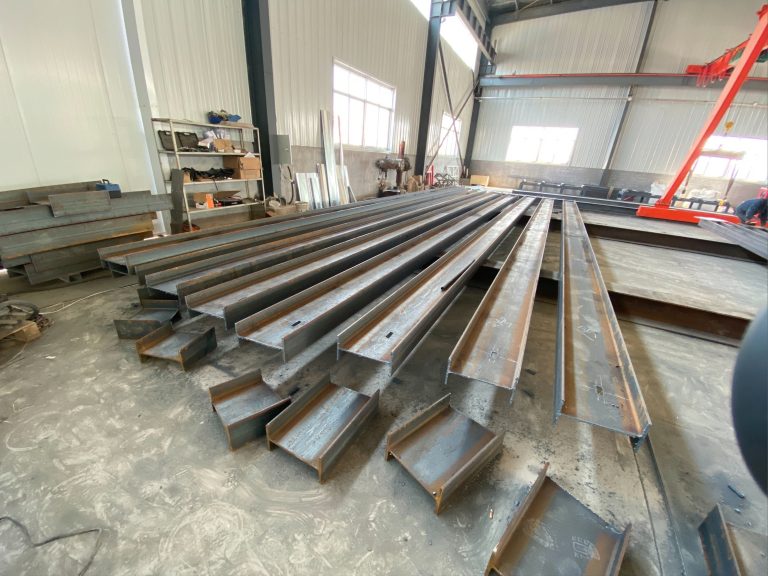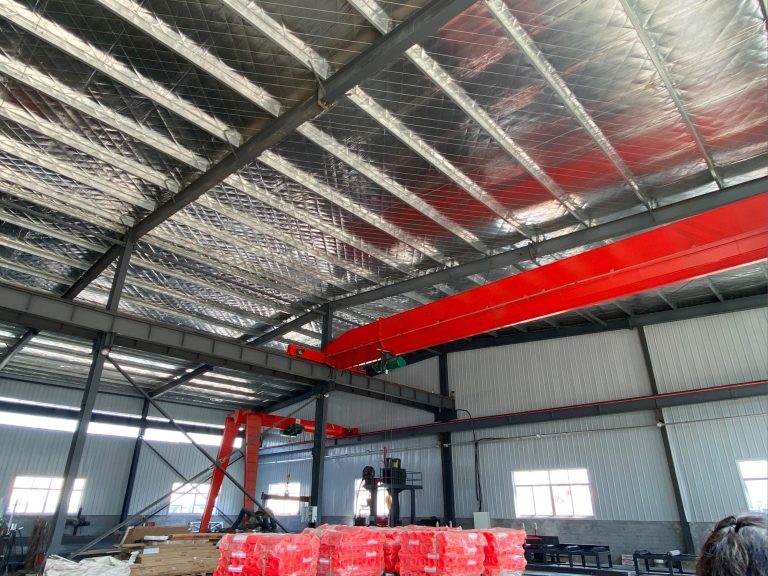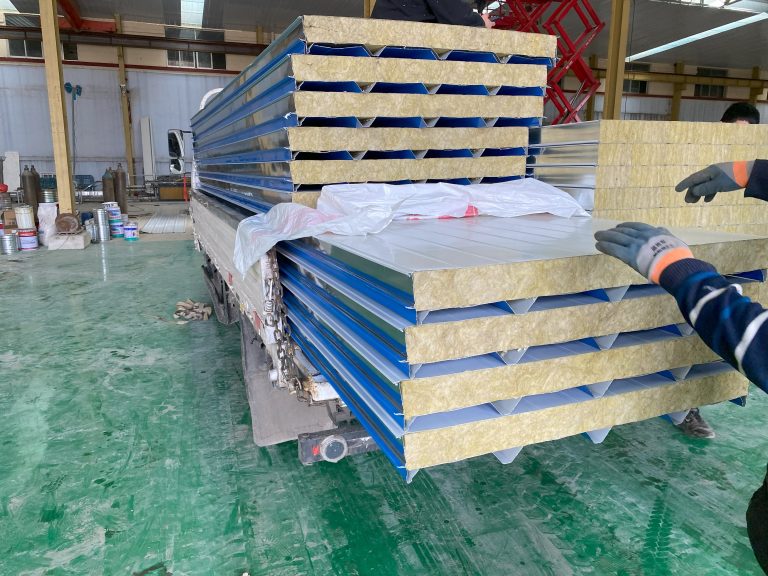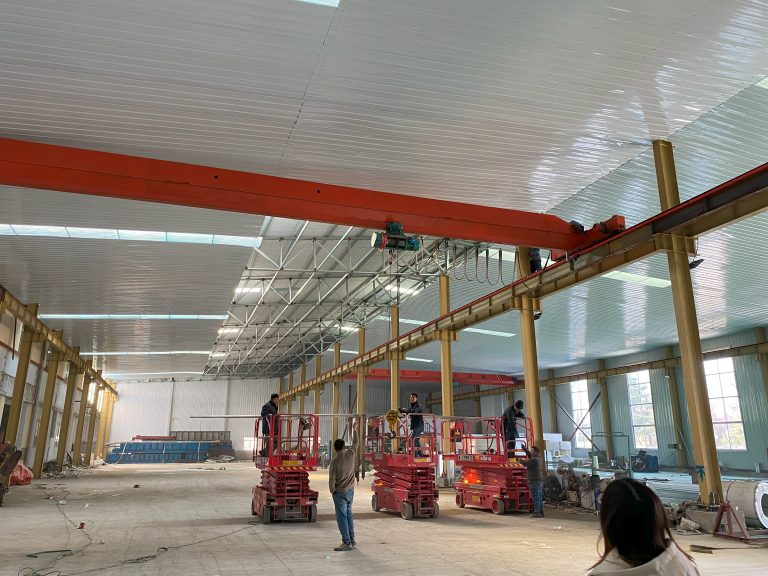Research on material testing and application of container house in Green Building Materials Exhibition Center
Table of Contents
Advancements in Material Testing Techniques for Green Building Applications
Material testing is a crucial aspect of ensuring the quality and durability of construction materials used in various applications, including green building projects. The Green Building Materials Exhibition Center has been at the forefront of showcasing the latest advancements in material testing techniques for sustainable construction practices. One such area of focus has been the application of container houses in green building projects.
Container houses, also known as shipping container homes, have gained popularity in recent years due to their sustainability and cost-effectiveness. These structures are built using repurposed shipping containers, which are known for their strength and durability. However, before these containers can be used in construction, they must undergo rigorous material testing to ensure they meet the necessary standards for safety and performance.
One of the key challenges in testing container houses is determining the structural integrity of the containers themselves. Traditional testing methods may not be sufficient to accurately assess the strength and durability of these unconventional building materials. As a result, researchers at the Green Building Materials Exhibition Center have been exploring new testing techniques to better evaluate the performance of container houses in real-world conditions.
One such technique involves the use of advanced imaging technologies, such as X-ray and ultrasound, to inspect the internal structure of shipping containers. By analyzing the integrity of the container walls and joints, researchers can identify any potential weaknesses or defects that could compromise the overall stability of the structure. This non-destructive testing method allows for a more thorough assessment of the containers without causing any damage to the material.
In addition to imaging technologies, researchers have also been experimenting with innovative testing methods, such as dynamic load testing and thermal imaging. Dynamic load testing involves subjecting the container houses to simulated environmental conditions, such as wind and seismic forces, to evaluate their structural response. This helps researchers determine how well the containers can withstand external pressures and stresses, ensuring they meet the necessary safety standards for green building applications.
Thermal imaging, on the other hand, allows researchers to assess the energy efficiency of container houses by measuring heat loss and insulation performance. By identifying areas of heat leakage or poor insulation, researchers can recommend improvements to enhance the overall energy efficiency of the structures. This is particularly important in green building projects, where sustainability and energy conservation are top priorities.
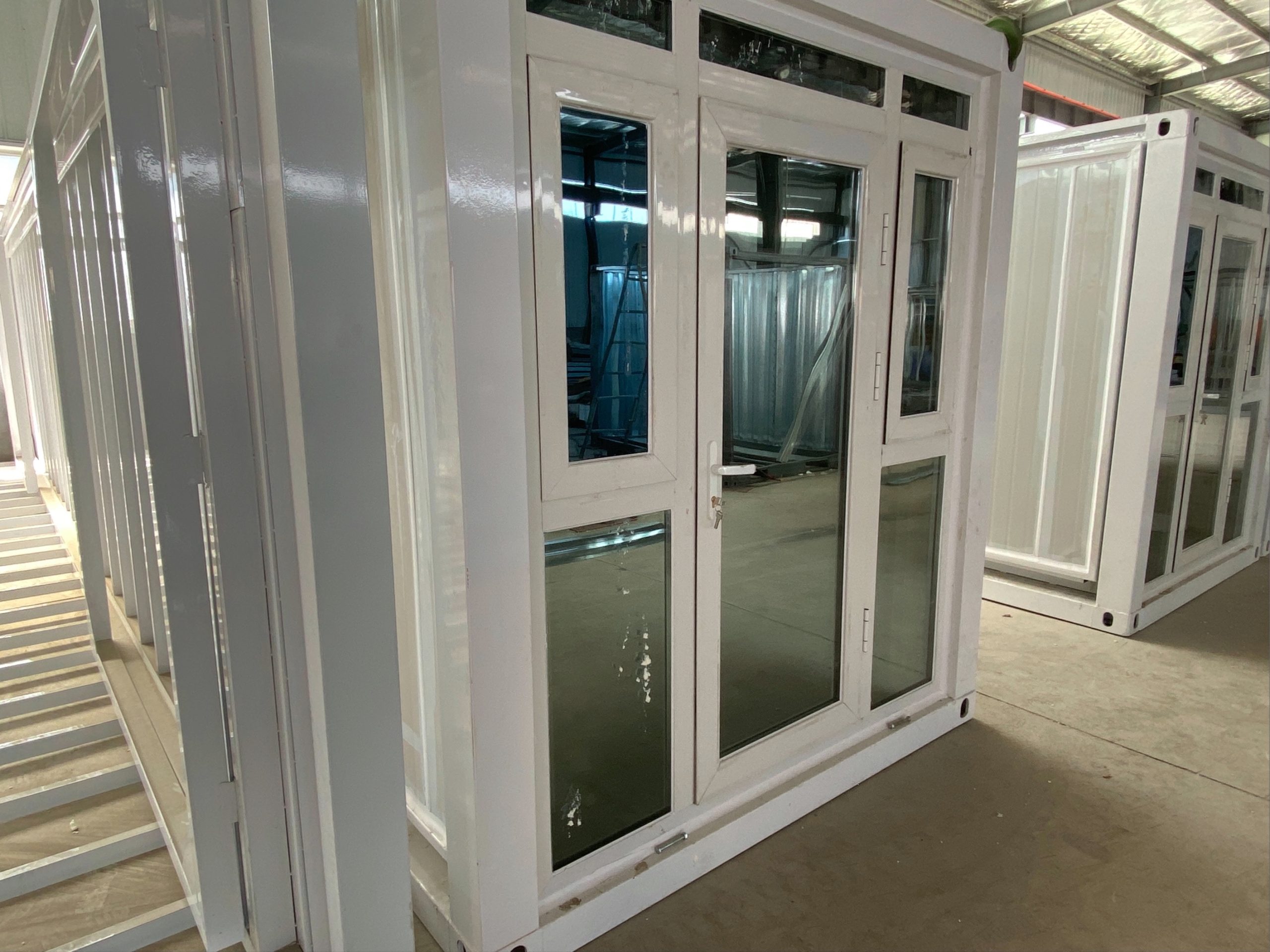
Overall, the research on material testing and application of container houses in green building projects at the Green Building Materials Exhibition Center is paving the way for more sustainable and efficient construction practices. By developing new testing techniques and methodologies, researchers are able to ensure the quality and performance of container houses in a variety of applications. As the demand for green building materials continues to grow, it is essential to invest in innovative testing methods to support the development of sustainable construction practices.
Sustainable Design and Construction of Container Houses in Green Building Materials Exhibition Center
The use of container houses in sustainable design and construction has gained popularity in recent years due to their affordability, durability, and eco-friendly nature. These structures are made from repurposed shipping containers, which not only reduces waste but also minimizes the environmental impact of traditional construction materials. To further explore the potential of container houses in green building, a research project was conducted at the Green Building Materials Exhibition Center.
The research focused on material testing and the application of container houses in the construction of the exhibition center. The goal was to assess the structural integrity, thermal performance, and overall sustainability of container houses in a real-world setting. The findings of the research could provide valuable insights into the feasibility of using container houses in future construction projects.
One of the key aspects of the research was material testing to evaluate the strength and durability of the containers used in the construction of the exhibition center. Various tests were conducted to assess the load-bearing capacity, resistance to weathering, and overall structural integrity of the containers. The results of these tests would help determine the suitability of container houses for long-term use in sustainable construction projects.
In addition to material testing, the research also focused on the application of container houses in the design and construction of the exhibition center. The containers were modified and assembled to create a functional and aesthetically pleasing space that showcased the potential of container houses in green building. The design incorporated sustainable features such as energy-efficient lighting, natural ventilation, and recycled materials to minimize the environmental impact of the building.
The research project at the Green Building Materials Exhibition Center highlighted the versatility and adaptability of container houses in sustainable design and construction. By repurposing shipping containers, it is possible to create affordable and eco-friendly buildings that meet the growing demand for sustainable construction practices. The research findings could pave the way for the widespread adoption of container houses in future green building projects.
Overall, the research on material testing and the application of container houses in the Green Building Materials Exhibition Center demonstrated the potential of these structures to revolutionize the construction industry. By combining sustainability with innovation, container houses offer a viable solution to the challenges of traditional construction methods. As the demand for green building materials continues to grow, container houses could play a significant role in shaping the future of sustainable design and construction. The research project at the exhibition center serves as a testament to the possibilities of container houses in creating a more sustainable built environment.


